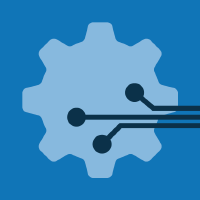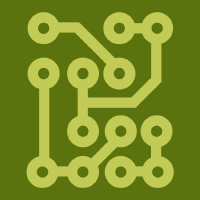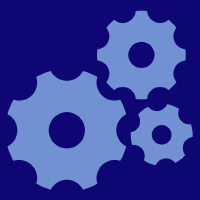Topic Menu
► Topic MenuTopic Editors




2. Key Laboratory of Industry Knowledge & Data Fusion Technology and Application, Ministry of Industry and Information Technology, Beijing Institute of Technology, Beijing 100081, China


Smart Manufacturing and Industry 5.0
Topic Information
Dear Colleagues,
Manufacturing and Production Industries are currently being reshaped to integrate the new Information and Communication Technologies (ICT) in the existing workplaces. Industry 5.0 is a value-driven approach and is based on three interconnected core pillars: 1) human-centricity, 2) sustainability, and 3) resilience. However, it is necessary to fully utilize the technologies and techniques developed under the framework of Industry 4.0 to implement a successful transition to Industry 5.0, and by extension to further facilitate the realization of Society 5.0. Therefore, authors are invited to participate in this topic and submit interesting research works, either research manuscripts or review manuscripts, in order to highlight the key results of research in areas relevant to the upcoming Industry 5.0 in the framework of Society 5.0.
Prof. Dr. Dimitris Mourtzis
Prof. Dr. Fei Tao
Prof. Dr. Baicun Wang
Dr. Andreas Riel
Dr. Sihan Huang
Prof. Dr. Emanuele Carpanzano
Prof. Dr. Doriana Marilena D'Addona
Topic Editors
Keywords
- artificial intelligence (AI)
- augmented reality (AR)
- big data analytics (BDA)
- digital twins (DT)
- extended reality (XR)
- global manufacturing and production networks
- human-centric systems
- human cyber-physical systems (HCPS)
- human-robot collaboration (HRC)
- Internet of Things (IoT)
- mixed reality (MR)
- predictive analytics
- resilient manufacturing networks
- simulation
- sustainable manufacturing networks
- virtual reality (VR)
Participating Journals
| Journal Name | Impact Factor | CiteScore | Launched Year | First Decision (median) | APC |
|---|---|---|---|---|---|

Applied Sciences
|
2.7 | 4.5 | 2011 | 16.9 Days | CHF 2400 |

Automation
|
- | - | 2020 | 26.3 Days | CHF 1000 |

Electronics
|
2.9 | 4.7 | 2012 | 15.6 Days | CHF 2400 |

Energies
|
3.2 | 5.5 | 2008 | 16.1 Days | CHF 2600 |

Machines
|
2.6 | 2.1 | 2013 | 15.6 Days | CHF 2400 |

Technologies
|
3.6 | 5.5 | 2013 | 19.7 Days | CHF 1600 |

Inventions
|
3.4 | 5.4 | 2016 | 17.4 Days | CHF 1800 |

MDPI Topics is cooperating with Preprints.org and has built a direct connection between MDPI journals and Preprints.org. Authors are encouraged to enjoy the benefits by posting a preprint at Preprints.org prior to publication:
- Immediately share your ideas ahead of publication and establish your research priority;
- Protect your idea from being stolen with this time-stamped preprint article;
- Enhance the exposure and impact of your research;
- Receive feedback from your peers in advance;
- Have it indexed in Web of Science (Preprint Citation Index), Google Scholar, Crossref, SHARE, PrePubMed, Scilit and Europe PMC.


